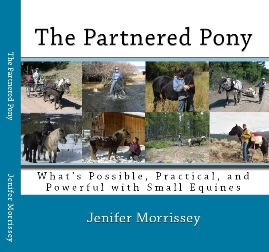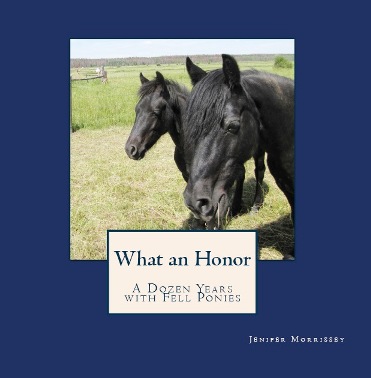It wasn’t until I put the second pony on a transport that I realized it, and even then it took a few days more. A sudden change in my life had caused me to need to rehome four ponies quickly. Two of the ponies I delivered myself into the hands of their new owners. It was the other two that I delivered to a third party that showed me so much.
When I parted with those two ponies, I was in tears. One had shared life with me for nineteen years, and the other for thirteen. We had done a lot together, and I considered them friends. It’s normal for me to cry when I say good bye to a pony. This time, though, was different, as these two showed me. Neither of them would look at me as I said my final good bye.
I try hard to never be angry around my ponies or to have an argument with another person around them. Over the years, they’ve shown me they don’t like that emotion. Research has indeed shown that equines respond differently to happy and angry faces. “Psychologists studied how 28 horses reacted to seeing photographs of positive versus negative human facial expressions. When viewing angry faces, horses looked more with their left eye, a behaviour associated with perceiving negative stimuli. Their heart rate also increased more quickly and they showed more stress-related behaviours.” (1) One researcher said, “It's interesting to note that the horses had a strong reaction to the negative expressions but less so to the positive.” I certainly have perceived that difference in response with my own ponies. They are much more reactive to negative stimuli than positive.
The tears I shed as I said good bye were not angry ones, though, so I didn’t think the ponies would be affected. I was wrong. My tears were full of grief, heavy with emotion. I underestimated these two ponies and the effect my emotions had on them. One transporter later told me that the pony in their charge perked up after 24 hours. The other was labeled a hard traveler, and it took her even longer to come around. These ponies did react to my grief, and if I could apologize to them, I would. Next time that I am emotionally heavy when saying good bye, I will try harder to make it easier on my departing pony friend.
1) University of Sussex. "Horses can read human emotions." ScienceDaily, 9 February 2016. www.sciencedaily.com/releases/2016/02/160209221158.htm
© Jenifer Morrissey, 2019
More stories about the amazing relationships ponies make possible can be found in my book The Partnered Pony, available internationally by clicking here or on the book cover.














